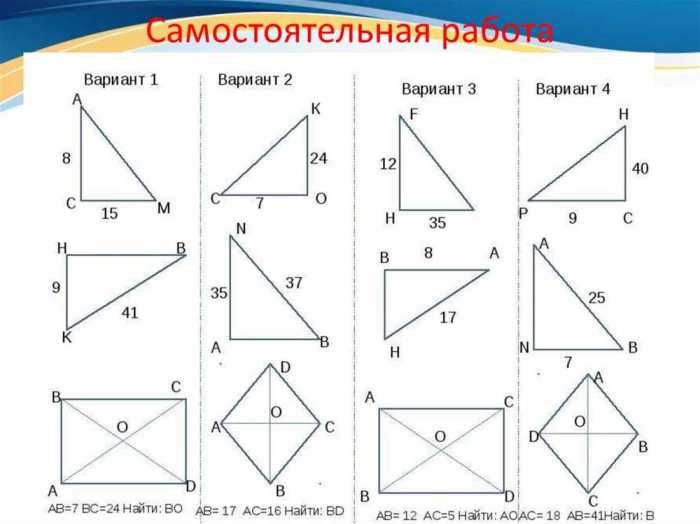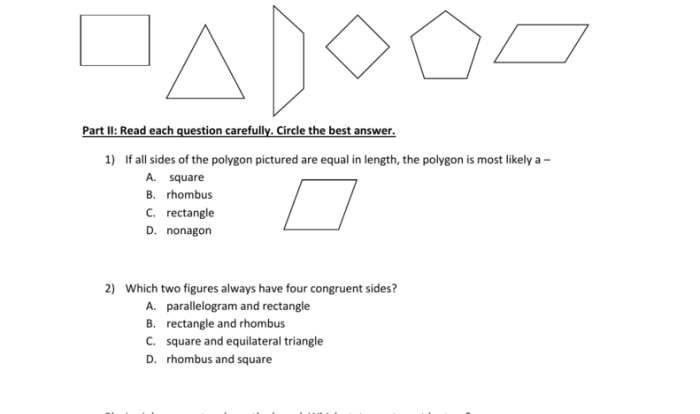Delving into lesson 7.4 practice b geometry answers, we embark on a captivating journey through the realm of parallel lines and transversals. This exploration unveils the fundamental concepts, theorems, and practical applications that govern these geometric entities, providing a deeper understanding of their significance in various fields.
Through this comprehensive guide, we will delve into the properties of parallel lines when intersected by a transversal, examining the alternate interior and exterior angles theorems. Practice problems and geometric constructions will reinforce these concepts, solidifying our grasp of parallel lines.
Lesson 7.4 Practice B Geometry: Lesson 7.4 Practice B Geometry Answers

Lesson 7.4 Practice B Geometry focuses on parallel lines and their properties. This article will explore the key concepts, theorems, practice problems, and real-world applications related to parallel lines.
Key Concepts
Parallel lines are two lines that never intersect, no matter how far they are extended. They maintain a constant distance from each other. Examples of parallel lines include railroad tracks, the sides of a rectangle, and the edges of a book.
To identify parallel lines, look for the following properties:
- The lines have the same slope.
- The lines are equidistant at all points.
- The lines never intersect.
Theorems and Properties
When parallel lines are cut by a transversal (a line that intersects both parallel lines), several theorems and properties come into play:
Alternate Interior Angles Theorem
The alternate interior angles formed by a transversal are congruent.
Alternate Exterior Angles Theorem
The alternate exterior angles formed by a transversal are congruent.
Practice Problems, Lesson 7.4 practice b geometry answers
Practice problems involving parallel lines and transversals can help solidify understanding. These problems may include:
- Finding the measures of angles formed by a transversal.
- Determining if lines are parallel based on angle measures.
- Using geometric constructions to demonstrate parallel lines.
Real-World Applications
Understanding parallel lines has numerous real-world applications:
- In architecture, parallel lines are used to create symmetrical designs and ensure structural stability.
- In engineering, parallel lines are essential for constructing bridges, buildings, and other structures.
- In everyday life, parallel lines can be seen in roads, fences, and even the design of clothing.
Helpful Answers
What is the definition of parallel lines?
Parallel lines are two lines that never intersect, no matter how far they are extended.
What is a transversal?
A transversal is a line that intersects two or more other lines.
What is the alternate interior angles theorem?
The alternate interior angles theorem states that if two parallel lines are cut by a transversal, then the alternate interior angles are congruent.
What is the alternate exterior angles theorem?
The alternate exterior angles theorem states that if two parallel lines are cut by a transversal, then the alternate exterior angles are congruent.



